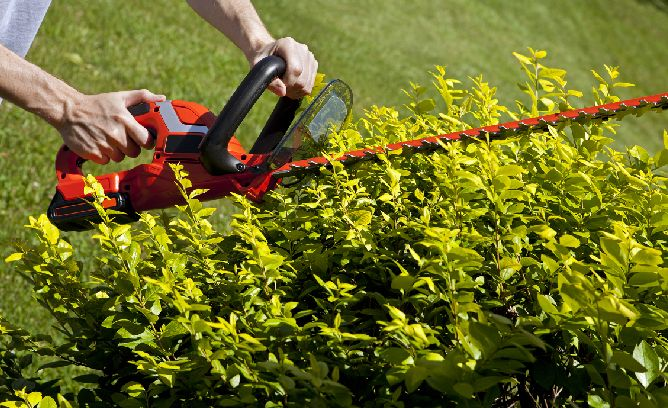As industries evolve, the demand for efficient and reliable motor solutions continues to grow. Topband is at the forefront of this innovation, offering advanced BLDC motor controller boards that meet the needs of various applications. This article explores future trends in BLDC motor technology and compares these motors with other types, highlighting their advantages.
Future Trends in BLDC Motor Technology
The future of BLDC motor technology is promising, with predictions indicating significant advancements in efficiency and integration with the Internet of Things (IoT). As smart technologies become more prevalent, the BLDC motor controller board will increasingly feature IoT capabilities, allowing for real-time monitoring and control. This integration will lead to smarter energy management, predictive maintenance, and enhanced performance analytics. Furthermore, continuous improvements in materials and design will enhance energy efficiency, making BLDC motors even more appealing for applications in sectors such as automotive and robotics.
Comparative Analysis with Other Motor Types
When comparing BLDC motors to other motor types, such as brushed DC motors and stepper motors, the advantages become evident. BLDC motors typically offer higher efficiency and longer lifespan due to the absence of brushes, which wear down over time. In contrast, brushed DC motors require regular maintenance, leading to higher operational costs. Stepper motors, while precise in positioning, often lack the same power-to-weight ratio as BLDC motors. Topband’s motor controller boards are specifically designed to leverage the strengths of BLDC technology, ensuring efficient and stable operation across various applications.
Conclusion
In conclusion, the evolution of the BLDC motor controller board is set to transform many industries. With advancements in efficiency and IoT integration, Topband is committed to providing comprehensive garden tool solutions that ensure the efficient and stable operation of tools.


